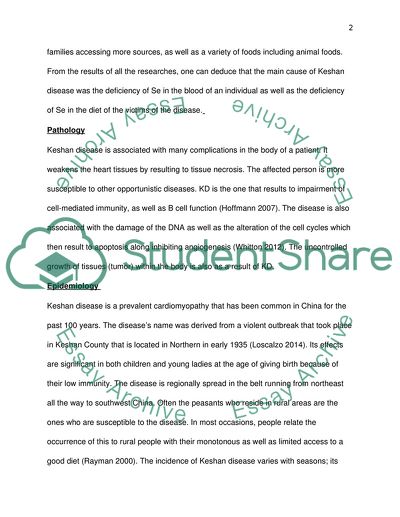Cite this document
(Analysis of Keshan Disease Coursework Example | Topics and Well Written Essays - 2000 words, n.d.)
Analysis of Keshan Disease Coursework Example | Topics and Well Written Essays - 2000 words. Retrieved from https://studentshare.org/biology/1850030-a-written-review-of-2000-words-10-which-provides-a-review-of-the-topic-keshan-disease
Analysis of Keshan Disease Coursework Example | Topics and Well Written Essays - 2000 words. Retrieved from https://studentshare.org/biology/1850030-a-written-review-of-2000-words-10-which-provides-a-review-of-the-topic-keshan-disease
(Analysis of Keshan Disease Coursework Example | Topics and Well Written Essays - 2000 Words)
Analysis of Keshan Disease Coursework Example | Topics and Well Written Essays - 2000 Words. https://studentshare.org/biology/1850030-a-written-review-of-2000-words-10-which-provides-a-review-of-the-topic-keshan-disease.
Analysis of Keshan Disease Coursework Example | Topics and Well Written Essays - 2000 Words. https://studentshare.org/biology/1850030-a-written-review-of-2000-words-10-which-provides-a-review-of-the-topic-keshan-disease.
“Analysis of Keshan Disease Coursework Example | Topics and Well Written Essays - 2000 Words”, n.d. https://studentshare.org/biology/1850030-a-written-review-of-2000-words-10-which-provides-a-review-of-the-topic-keshan-disease.


